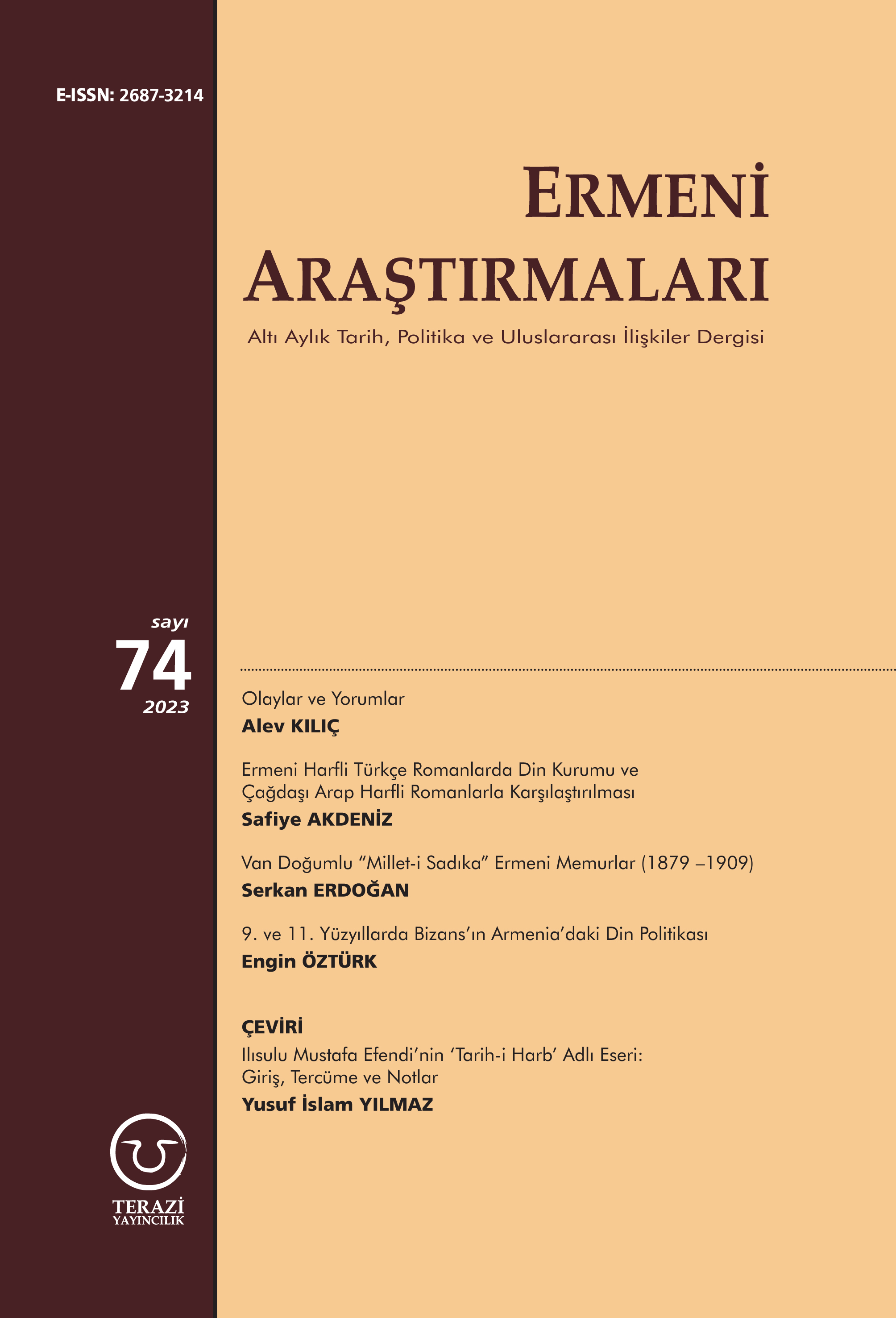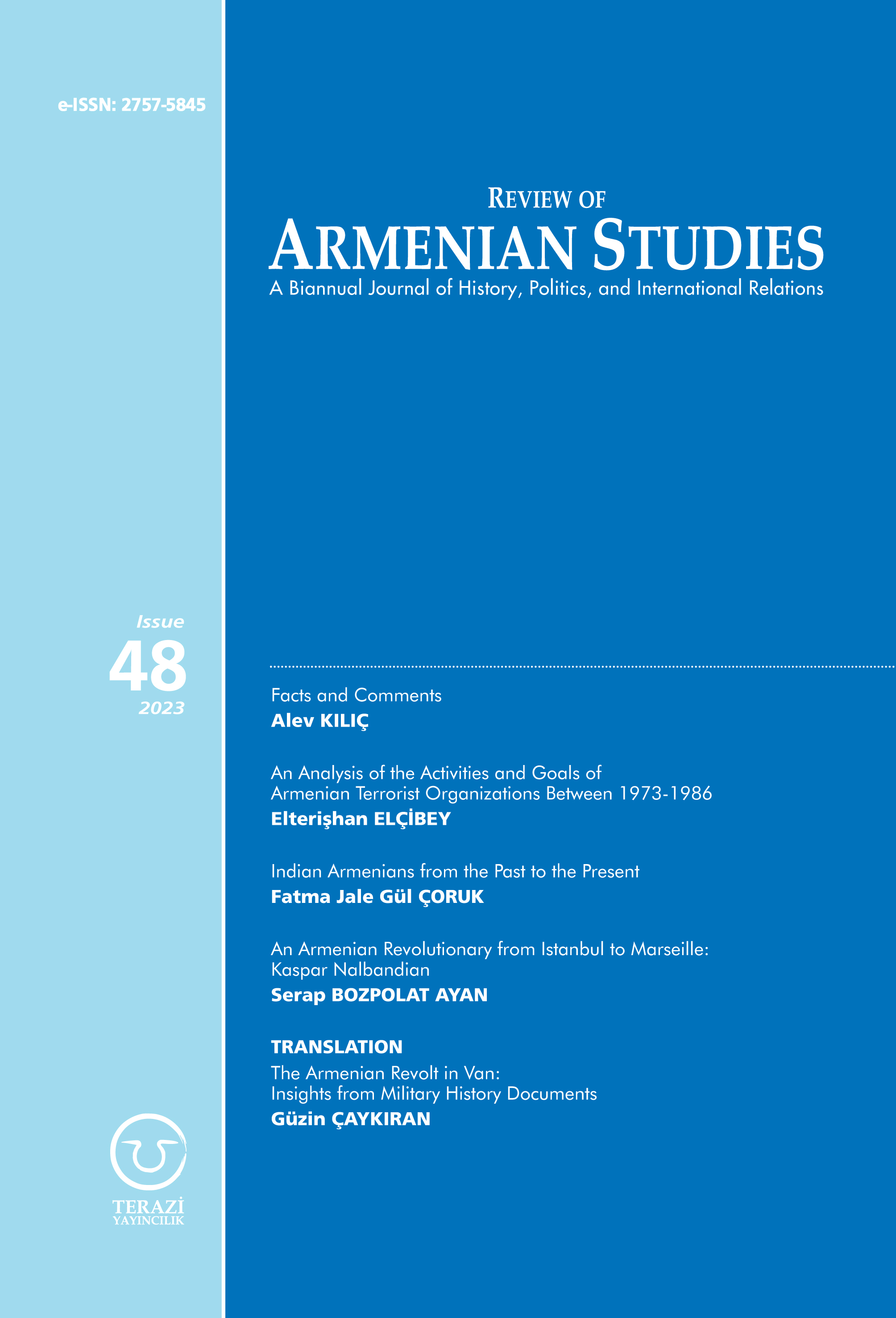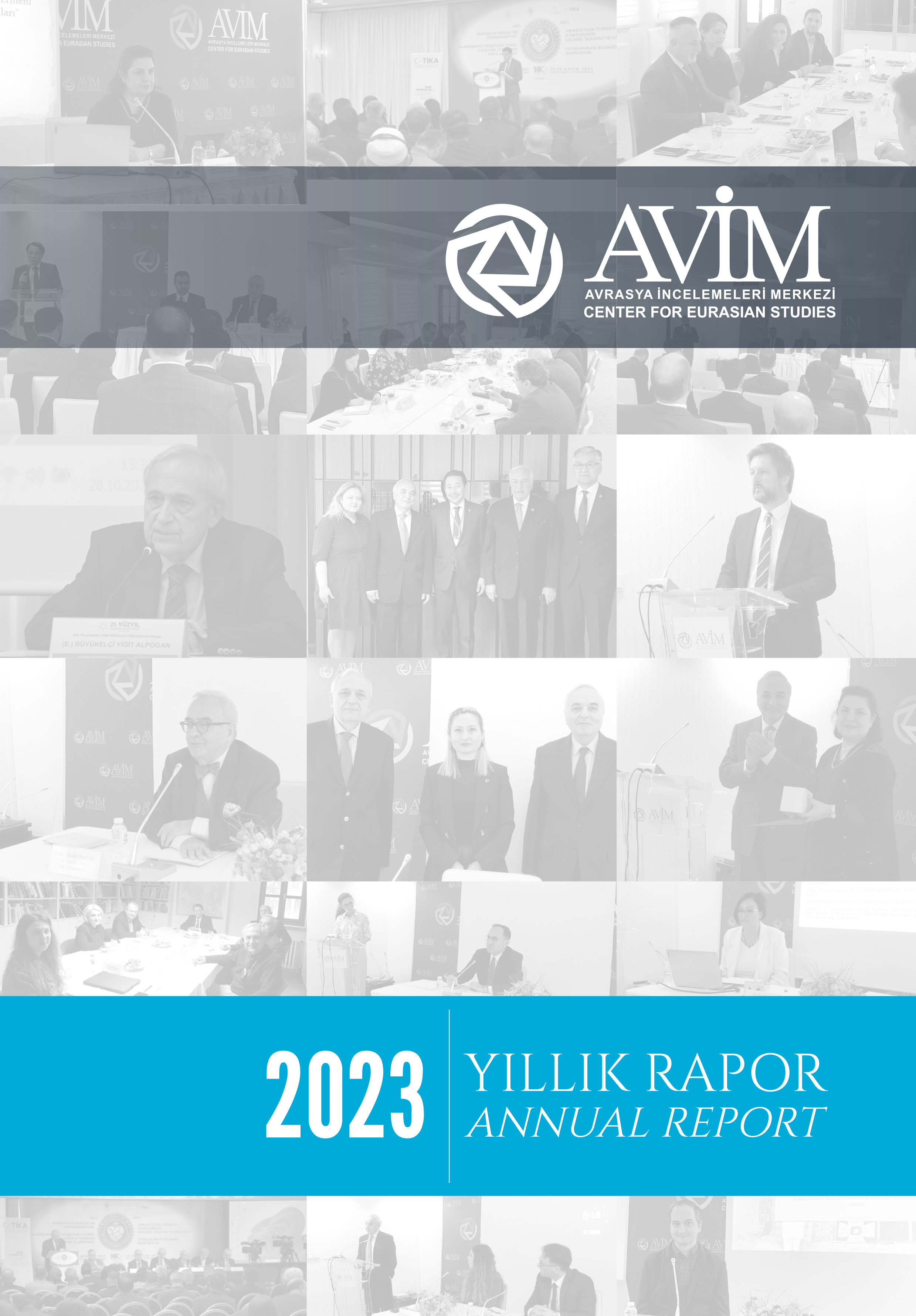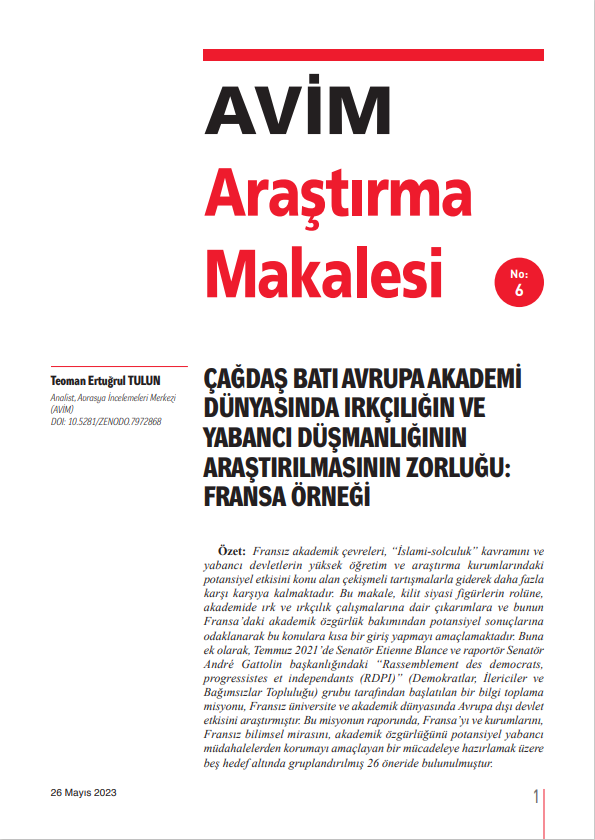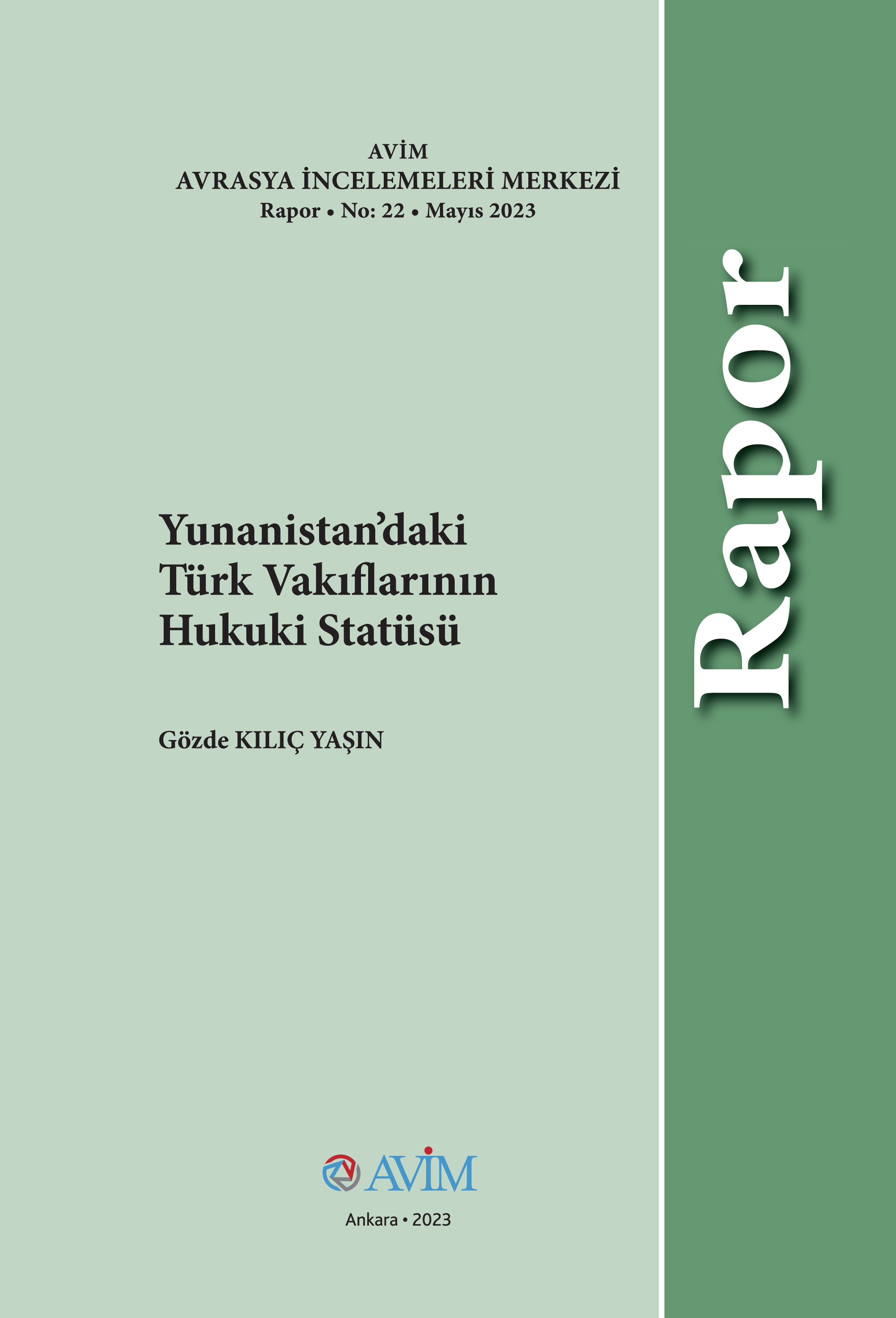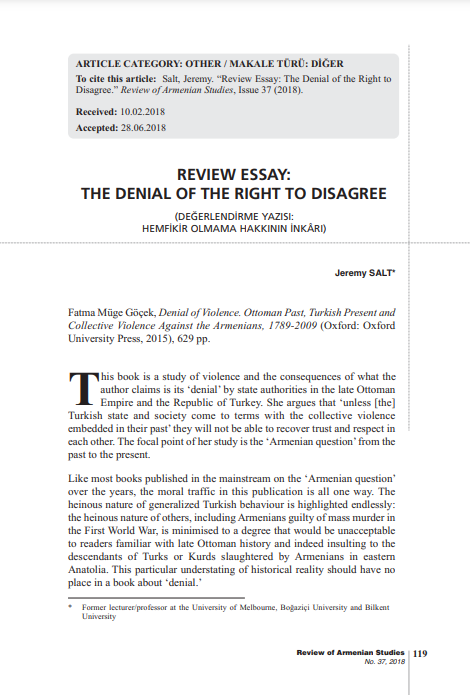EurActiv (22 February 2019)
Ukrainian migrants are vital to the Polish economy, but no one really knows how many of them live in the country. EURACTIV Poland reports.
They clean apartments and build new ones. They work as Uber or Taxify drivers and work in supermarkets or local groceries. They even set up stalls with folk art in tourist destinations. They are also lawyers, managers, nurses, or businessmen. For a few years now, economic migrants from Ukraine have been present in many different segments of the labour market.
According to data gathered by the Office for Foreigners (UDsC), there are 180,000 Ukrainian citizens living in Poland, an increase from 155,000 last year. The UDsC statistics include only those who have the right of permanent residence, but not every migrant that takes up a job seeks a long-term residence permit.
Meanwhile, in 2018, 26 times more Ukrainian citizens applied for retirement or pension scheme than in 2008 and four times more than in 2015, according to the Social Insurance Institution (ZUS) data.
In 2008, there were only 16,200 such people but a decade later the number was 425,700. Ten years ago, Ukrainians constituted 25% of all foreign policyholders. Today, the number is 74.8%.
And yet these numbers do not cover all Ukrainians who work in Poland. ZUS counts only those who are taxed, meaning those who work on a full-time contract or voluntarily tax their civil law contracts. In Poland, many people have contracts for specific tasks, which are not always subject to insurance taxes. The real number of Ukrainians working in Poland is probably much higher.
The ministry of labour, family and social affairs (MRPiPS) has information about work permits handed to Ukrainians. But, according to Polish law, a foreigner from outside of the EU may be legally employed through a so-called simplified procedure, that is through a statement of intention to hire him.
In this way, a foreigner can be employed for between six and 12 months. Many Ukrainians work in accordance with this model – six months in Poland, six months in Ukraine, and so on.
Workers, not refugees
When the Polish government explained in Brussels its reluctance to participate in the relocation of Syrian and Iraqi refugees from Greece and Italy, it pointed out that many refugees from Ukraine were already on Poland’s territory. This rhetoric was used by both former Prime Minister Beata Szydlo and the incumbent Mateusz Morawiecki.
Szydlo, for instance, told the European Parliament that Poland had taken in “a million Ukrainian refugees”.
In fact, in 2017-2018, the number of Ukrainian citizens applying for refugee status could be counted only in hundreds. The rest of the Ukrainians simply took up jobs and settled in Poland. They tend not to benefit from Polish social allowances. For example, only 4,500 benefit from the government’s Family 500+ programme for Ukrainian families. Therefore, experts do not want to call them refugees.
Andrzej Kubisiak of the Polish Economic Institute suggests that it was not a harsh economic situation in Ukraine but the efforts of Polish employers to hire new workers that have driven Ukrainian migration.
“The mass inflow of Ukrainian workers to Poland started in 2014. Beforehand, Ukrainian migration was predominantly constituted by agricultural employees. But in 2014, unemployment in Poland began to fall. Simultaneously, from 2013 on, the labour supply – the number of people that can work in an economy – has been systematically dropping,” he said.
“In the end, Polish companies faced a lack of workers, for the first time since the economic transformation. Thus, the inflow of Ukrainian workers saw the perfect spot here. Companies themselves also started to search for Ukrainian workers,” Kubisiak explained.
The main motives for employing Ukrainians were labour shortages and the fact that they received lower wages than Poles.
“The Polish job market has changed a lot in recent years. New jobs have been created because of good economic conditions. Their number was rising more quickly than the number of employees available. So today it is not about economic optimisation but striving to fill in vacancies,” Kubisiak says.
Will Ukrainians leave for Germany?
According to the Central Statistical Office data, there are only 175,000 job vacancies in Poland. If all workers from Ukraine disappeared from the Polish market, the number of vacancies would skyrocket to more than 600,000. And the number of vacancies already grows at 12-13% per quarter.
“It all shows that our labour market is in serious trouble. If not for Ukrainians, the level of vacancies in Poland might have been a serious impediment for our economic growth. The workers from Ukraine mitigated tensions on the Polish labour market, which are created by population ageing and mass economic migration of Poles to the other EU countries”, explained Kubisiak.
It might seem that the situation is very favourable for Poland. However, changes concerning foreign workers that Germany wants to introduce by early 2020 are seen in Warsaw as a threat. Because of these changes, Ukrainians will have easier access to the German labour market, where there are higher wages and more job vacancies. Kubisiak, however, does not expect a huge outflow of Ukrainian workers from Poland.
“It is true that the German labour market is very receptive and Polish employers will have a hard time competing with German ones, but wages are not the only factor taken into account in economic migration. In Germany, a language barrier will be much higher, as in Ukraine, German – unlike Polish – is not popular. Poland is also closer to them in terms of culture, which makes a big difference”, says Kubisiak.
Many Ukrainians work in Poland only periodically and divide their time between the two countries. However, most Ukrainians – except for Warsaw and Mazowieckie Voivodeship – work in Wroclaw or Poznan, in western Poland. From there, Germany is close. But whether they decide to cross the Oder, will only be known in 2020.
[Edited by Benjamin Fox and Zoran Radosavljevic]
No comments yet.
-
 BREXIT: GREG CLARK, AMBER RUDD AND DAVID GAUKE ISSUE DELAY WARNING
Europe - EU
24.02.2019
BREXIT: GREG CLARK, AMBER RUDD AND DAVID GAUKE ISSUE DELAY WARNING
Europe - EU
24.02.2019
- EP BUDGET CHAIR SEEKS CLARITY ON SAUDI LOBBYING AND COLLEGE OF EUROPE Europe - EU 24.02.2019
- SWEDISH ACTIVIST URGES EU TO DOUBLE CLIMATE GOALS Europe - EU 24.02.2019
- POLAND SEEKS TO PROTECT ITS UKRAINIAN CONNECTION Europe - EU 24.02.2019
- EU COMMISSION WANTS TO SUPPORT HEALTH SYSTEMS BETTER THROUGH STRUCTURAL FUNDS Europe - EU 24.02.2019
-
19.04.2024
Türk-Ermeni İlişkileri Üzerine Ömer Engin Lütem Konferansları 2023 -
11.04.2023
Türk-Ermeni İlişkileri Üzerine Ömer Engin Lütem Konferansları 2022 -
27.03.2023
RADİKAL ERMENİ UNSURLARCA GERÇEKLEŞTİRİLEN MEZALİMLER VE VANDALİZM -
17.03.2023
PATRIOTISM PERVERTED -
23.02.2023
MEN ARE LIKE THAT -
03.02.2023
BAKÜ-TİFLİS-CEYHAN BORU HATTININ YAŞANAN TARİHİ -
16.12.2022
INTERNATIONAL SCHOLARS ON THE EVENTS OF 1915 -
07.12.2022
FAKE PHOTOS AND THE ARMENIAN PROPAGANDA -
07.12.2022
ERMENİ PROPAGANDASI VE SAHTE RESİMLER -
30.03.2022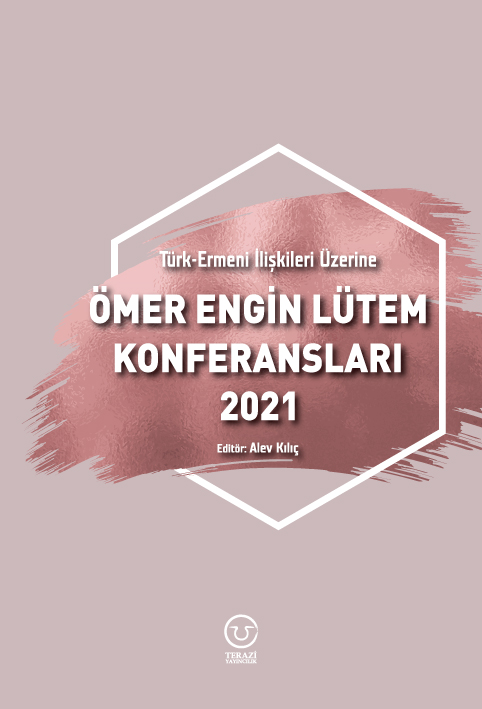
Türk-Ermeni İlişkileri Üzerine Ömer Engin Lütem Konferansları 2021 -
01.01.2022
A Letter From Japan - Strategically Mum: The Silence of the Armenians -
01.01.2022
Japonya'dan Bir Mektup - Stratejik Suskunluk: Ermenilerin Sessizliği -
11.02.2021
Türk-Ermeni Uyuşmazlığı Üzerine Ömer Engin Lütem Konferansları 2020 -
03.06.2020
Anastas Mikoyan: Confessions of an Armenian Bolshevik -
08.04.2020
Sovyet Sonrası Ukrayna’da Devlet, Toplum ve Siyaset - Değişen Dinamikler, Dönüşen Kimlikler -
18.03.2020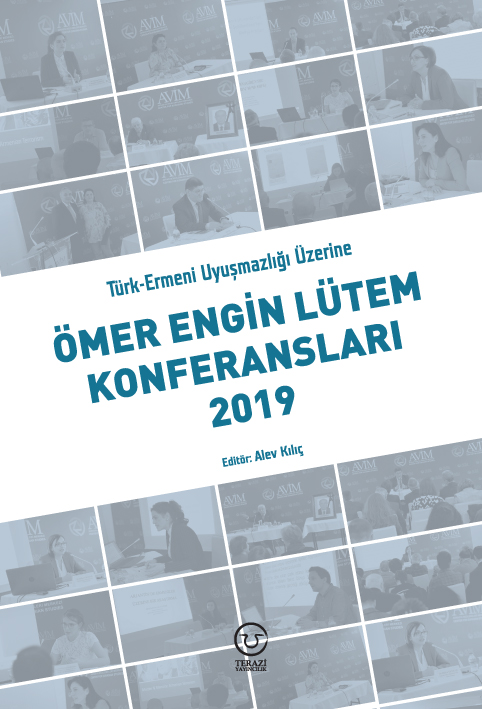
Türk-Ermeni Uyuşmazlığı Üzerine Ömer Engin Lütem Konferansları 2019 -
08.03.2019
Türk-Ermeni Uyuşmazlığı Üzerine Ömer Engin Lütem Konferansları 2018 -
12.06.2018
Ermeni Sorunuyla İlgili İngiliz Belgeleri (1912-1923) - British Documents on Armenian Question (1912-1923) -
02.12.2016
Turkish-Russian Academics: A Historical Study on the Caucasus -
01.07.2016
Gürcistan'daki Müslüman Topluluklar: Azınlık Hakları, Kimlik, Siyaset -
10.03.2016
Armenian Diaspora: Diaspora, State and the Imagination of the Republic of Armenia -
24.01.2016
Ermeni Sorunu Temel Bilgi ve Belgeler (2. Baskı)
-
AVİM Conference Hall 24.01.2023
CONFERENCE TITLED “HUNGARY’S PERSPECTIVES ON THE TURKIC WORLD"

